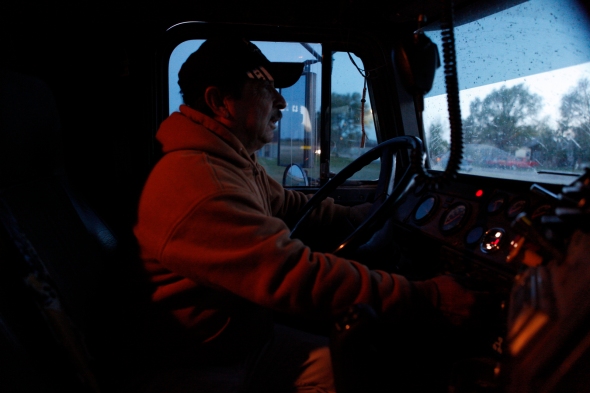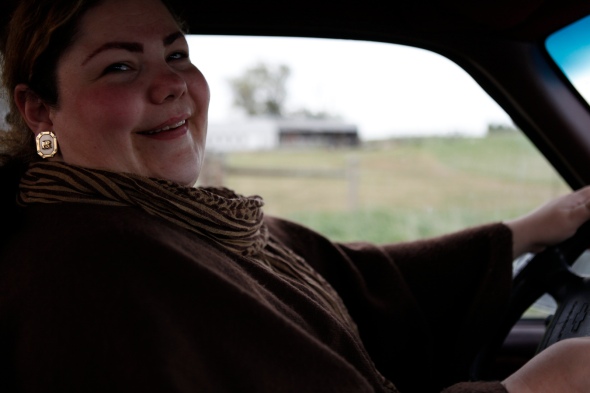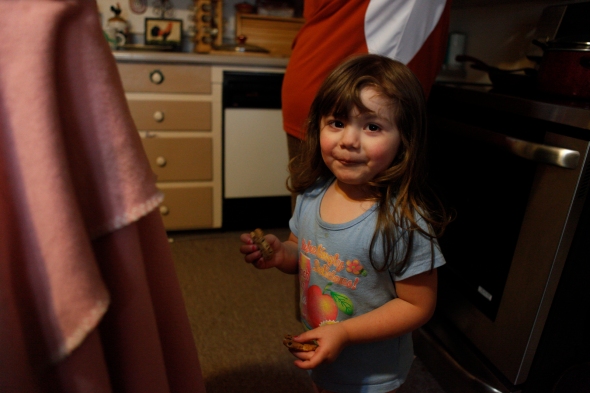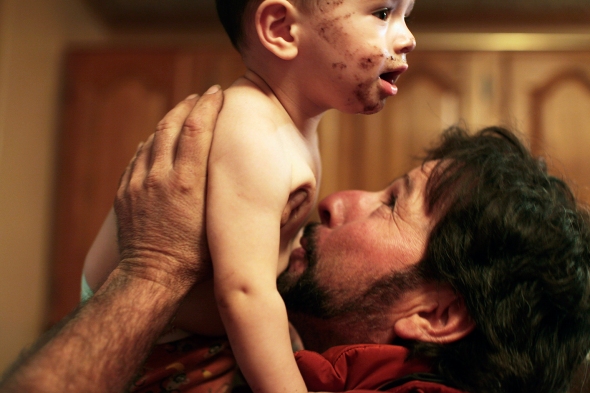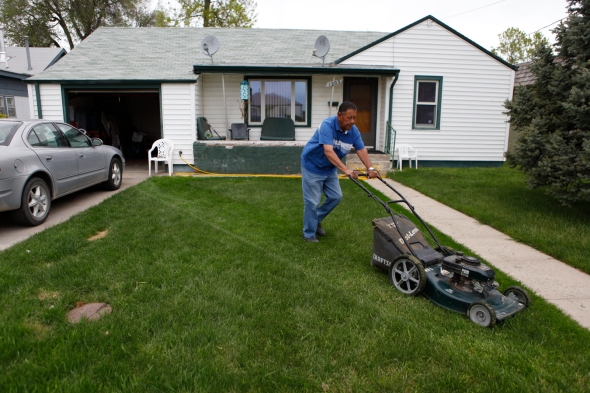Photos by Bethany Trueblood
Gaspar Garcia stands in front of the semi he’s been driving for a neighbor while she is ill. Monday through Friday he drives the truck to Sidney, Neb., usually hauling corn. He started driving semi trucks about 13 years ago. When he lived in Mexico, he worked as a bus driver.
Gaspar sits on the bed in the sleeper of the truck he drives. A couple years ago, Gaspar had a work-related accident which temporarily prevented him from truck driving. He has had several appointments with a doctor since then and seems to be improving. He hopes to own a truck of his own soon.


